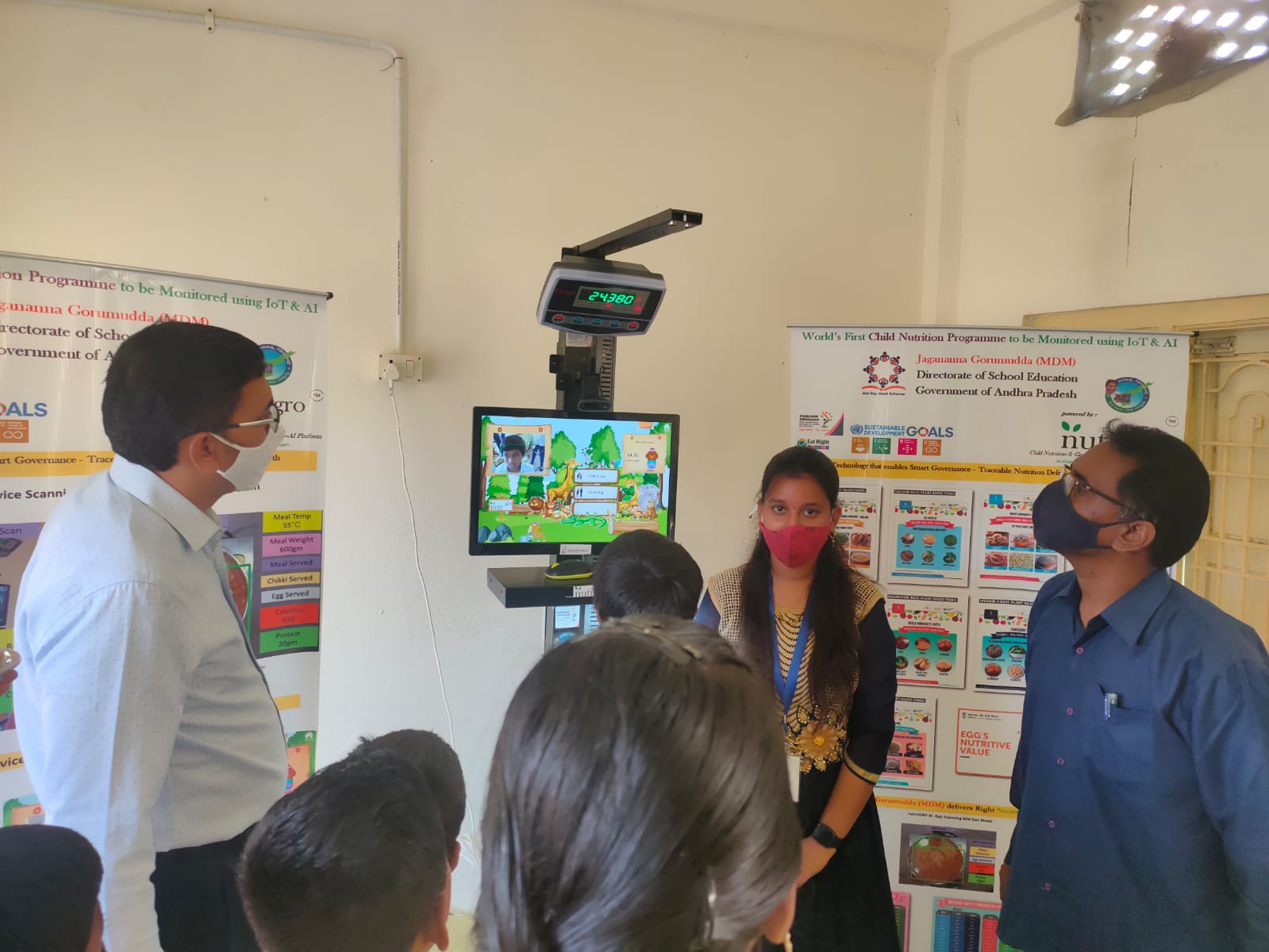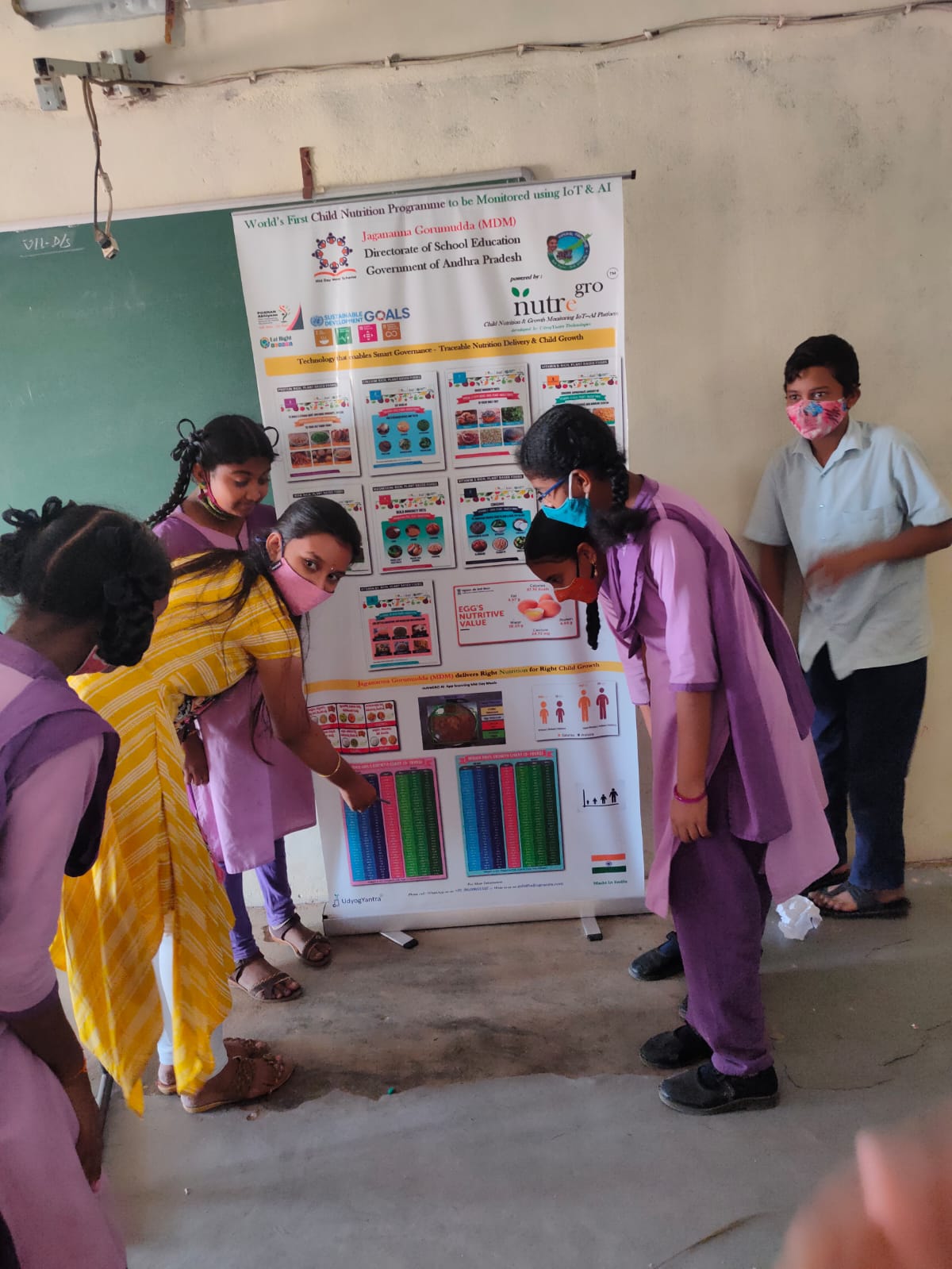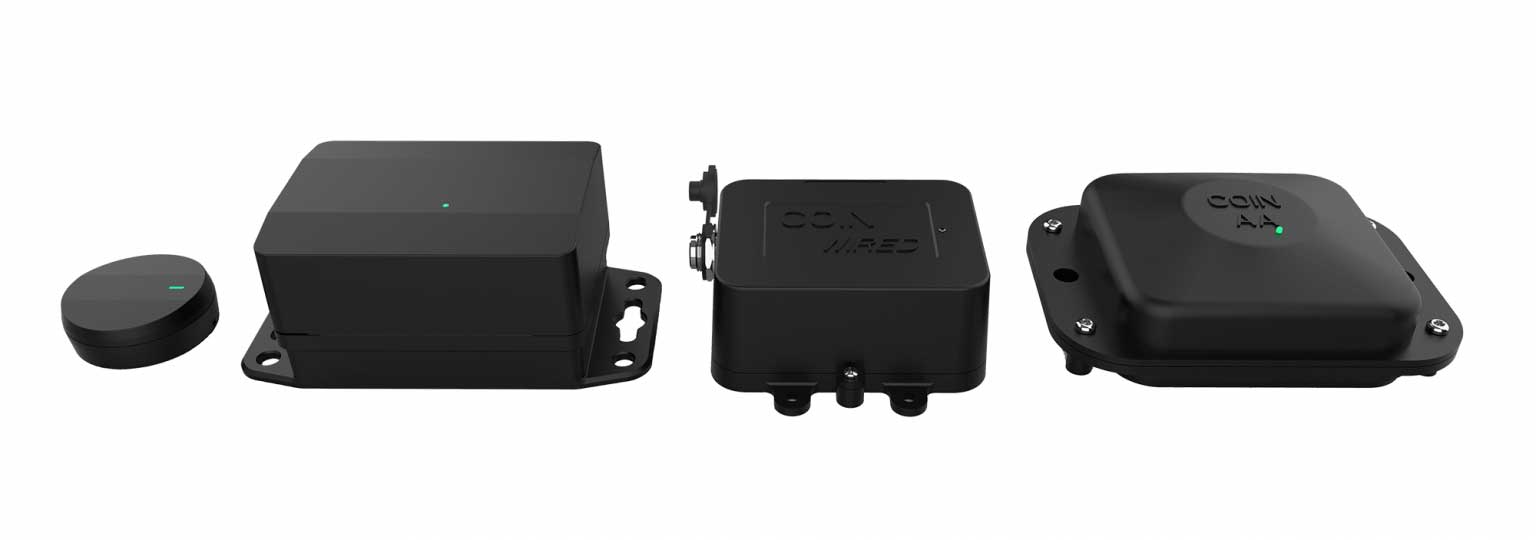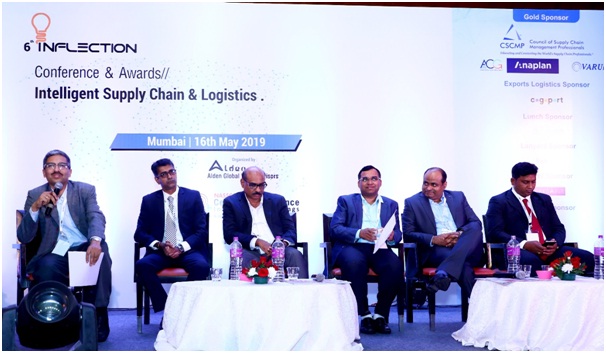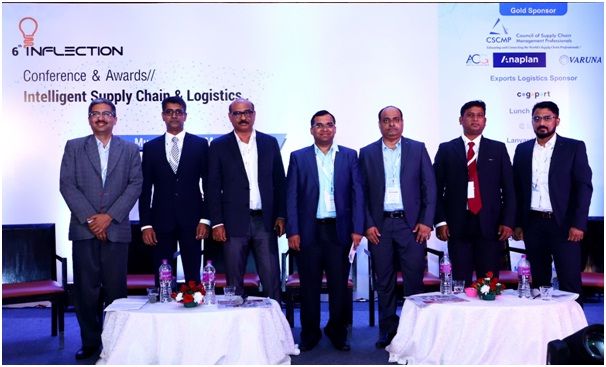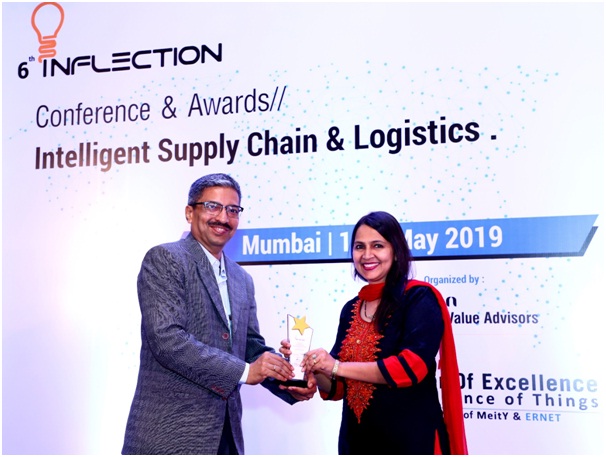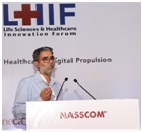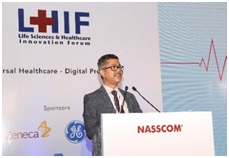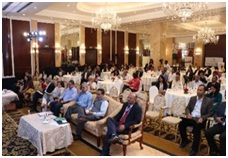Pradhan Mantri Poshan Shakti Nirman or PM-POSHAN provides one hot cooked meal in Government and Government-aided schools across India, is the world’s largest Child Nutrition Schemes. This preventive nutrition approach leads to prevention & control of diseases through right nutrition delivery to the future pillars of India.
Andhra Pradesh Chief Minister YS Jagan Mohan Reddy on 21 January 2020 expanded the scheme to AP Jagananna Gorumudda Scheme 2021, where additionally students get 5 Eggs and 3 Chikkis (peanut-jaggery sweet) per week along with the Mid Day Meals. This scheme will ensure that all the students get proper nutrition during their school hours.
UdyogYantra, a Tech Startup based out of Delhi & part of NASSCOM CoE for IoT & AI, founded by Ankur Jain, a Delhi University-IIT Bombay Alumni, has developed a patented IoT – AI Platform ( nutreGRO ) to track the Food Quality & Nutrition being given to children under the PM POSHAN scheme and it’s impact on Child Growth.

